Story by theguardian – UK,Courtesy of Stephanie Ortoleva ,Munazza Gilliani and Abia Akram

Women with disabilities face multiple forms of discrimination at all levels of society and throughout their lifetime. Last month’s election to the United Nation’s Committee on the Rights of Persons with Disabilities (CRPD) unfortunately did little to challenge that.
The vote was historic for electing the first person with intellectual disabilities and the first deaf sign-language user to the committee. However, it was also significant because for the first time it saw no women elected, resulting in a ratio of only one woman to 17 male committee members.
Women are at an increased risk of having a disability. The World Health Organisation estimates that 15% of the world’s population have a disability and nearly one in five women are estimated to have a disability worldwide compared to over one in eight men. In low- and middle-income countries this is even more pronounced, with women making up three-quarters of all people with disabilities.
Neglect in healthcare, poor work conditions and gender-based violence are listed as the major causes of female disability by the International Labour Organisation. Where healthcare is not widely available, a family might choose to prioritise a boy’s health over a girl’s and childbirth also increases the risk of disability for women.
We need to learn to work better with national governments to help build the capacity of women with disabilities.
When women do have a disability they face double, if not triple, discrimination: for having a disability, being women and living in poverty.
In Pakistan, where Sightsavers and the National Forum for Women with Disabilities work, women with disabilities are stigmatised because some families see them as a drain. While a strong family network usually ensures financial security, the stigma against women with disabilities often results in them being invisible.
It’s a challenge to find a platform to talk about this issue. And this was not helped by the recent election to the CRPD. In a world where women with disabilities face profound discrimination, we need to hear their voices in the highest levels of governance, including the UN committee tasked with addressing social inclusion.
The disability movement worked hard to establish the committee, which for the last decade has undertaken reviews that hold member states legally accountable for upholding the rights of people with disabilities.
In the words of Stephanie Ortoleva, president of Women Enabled International: “We as disabled women do not only want to be ‘protected’ but we want to participate as leaders for change.” Without balanced gender representation on the panel, there is a real risk that issues affecting women with disabilities won’t be understood.
The fact that women and girls with disabilities are not represented in a body such as the CRPD proves that we are still decades behind in terms of thinking about their inclusion. Until the disability movement fully recognises the role of women with disabilities, we are not going to see the kind of policies and practices that meet their needs. Civil society needs to learn to work better with national governments to build the capacity of women with disabilities so they can take up positions of leadership and learn to navigate the UN and its member states.
The CRPD requires governments to consider gender balance when they vote for committee members (article 34), but this measure has clearly fallen short. There needs to be a process to ensure gender balance better reflects the global vision we all share – one where the voices of women with disabilities are heard at the top levels of governance, and where these voices have real influence on the world stage.
No one can take inclusion for granted. We and the international community need to make sure we work more closely with, and empower, women and girls with disabilities if we are to fully realise their rights.

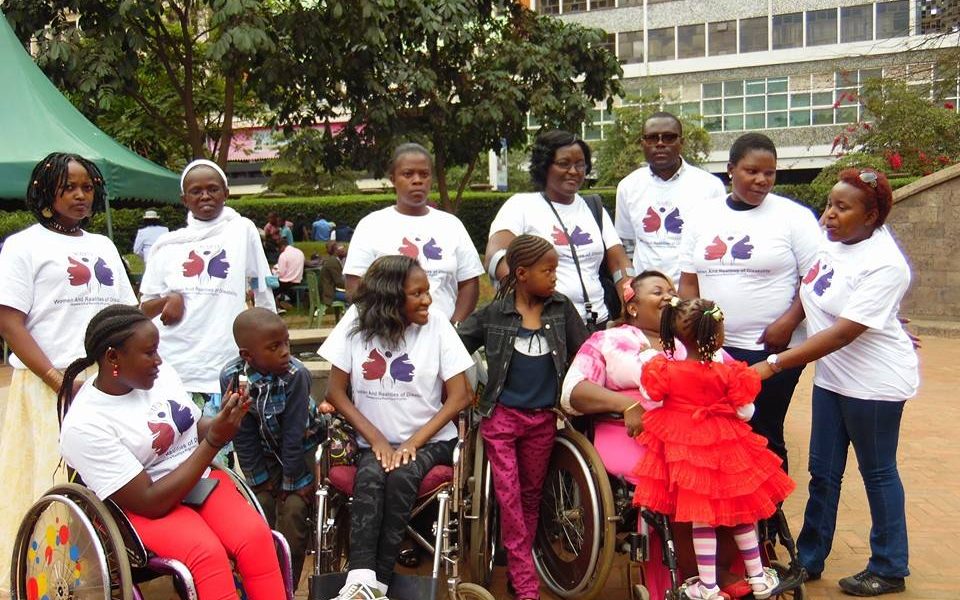
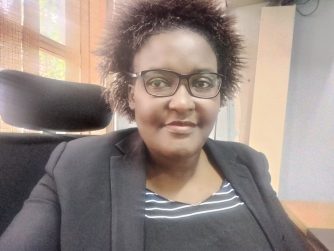

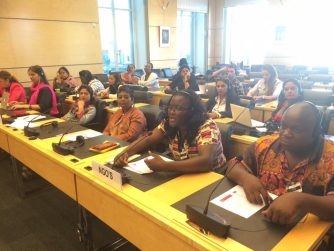
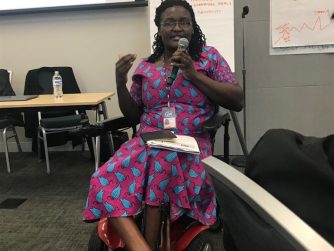

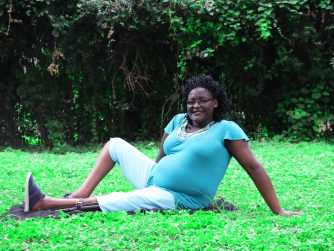
Very interesting information!Perfect just what I was
looking for!Blog range
Thank you for your sharing. I am worried that I lack creative ideas. It is your article that makes me full of hope. Thank you. But, I have a question, can you help me?
canadian pharmacy online ship to usa
https://expresscanadapharm.shop/# Express Canada Pharm
canadian pharmacy 24h com safe
Hassle-free prescription transfers every time.
how can i get cytotec without rx
World-class service at every touchpoint.
Their international health workshops are invaluable.
cost of clomid without insurance
They always have valuable advice on medication management.
Their health awareness campaigns are so informative.
can i purchase cytotec for sale
The pharmacists always take the time to answer my questions.
They have a great selection of wellness products.
cost gabapentin
Always a pleasant experience at this pharmacy.
Can you be more specific about the content of your article? After reading it, I still have some doubts. Hope you can help me.
Thank you for your sharing. I am worried that I lack creative ideas. It is your article that makes me full of hope. Thank you. But, I have a question, can you help me?
Your article helped me a lot, is there any more related content? Thanks!
Can you be more specific about the content of your article? After reading it, I still have some doubts. Hope you can help me.
I don’t think the title of your article matches the content lol. Just kidding, mainly because I had some doubts after reading the article.
Thank you for your sharing. I am worried that I lack creative ideas. It is your article that makes me full of hope. Thank you. But, I have a question, can you help me?
Your article helped me a lot, is there any more related content? Thanks!
Thank you for your sharing. I am worried that I lack creative ideas. It is your article that makes me full of hope. Thank you. But, I have a question, can you help me?
Thank you, your article surprised me, there is such an excellent point of view. Thank you for sharing, I learned a lot.
Can you be more specific about the content of your article? After reading it, I still have some doubts. Hope you can help me.
Thanks for sharing. I read many of your blog posts, cool, your blog is very good.
Thank you for your sharing. I am worried that I lack creative ideas. It is your article that makes me full of hope. Thank you. But, I have a question, can you help me?
Your point of view caught my eye and was very interesting. Thanks. I have a question for you. https://www.binance.com/lv/register?ref=B4EPR6J0
Can you be more specific about the content of your article? After reading it, I still have some doubts. Hope you can help me. https://www.binance.com/pt-PT/join?ref=DB40ITMB
Can you be more specific about the content of your article? After reading it, I still have some doubts. Hope you can help me. https://www.binance.com/join?ref=P9L9FQKY
Your point of view caught my eye and was very interesting. Thanks. I have a question for you.